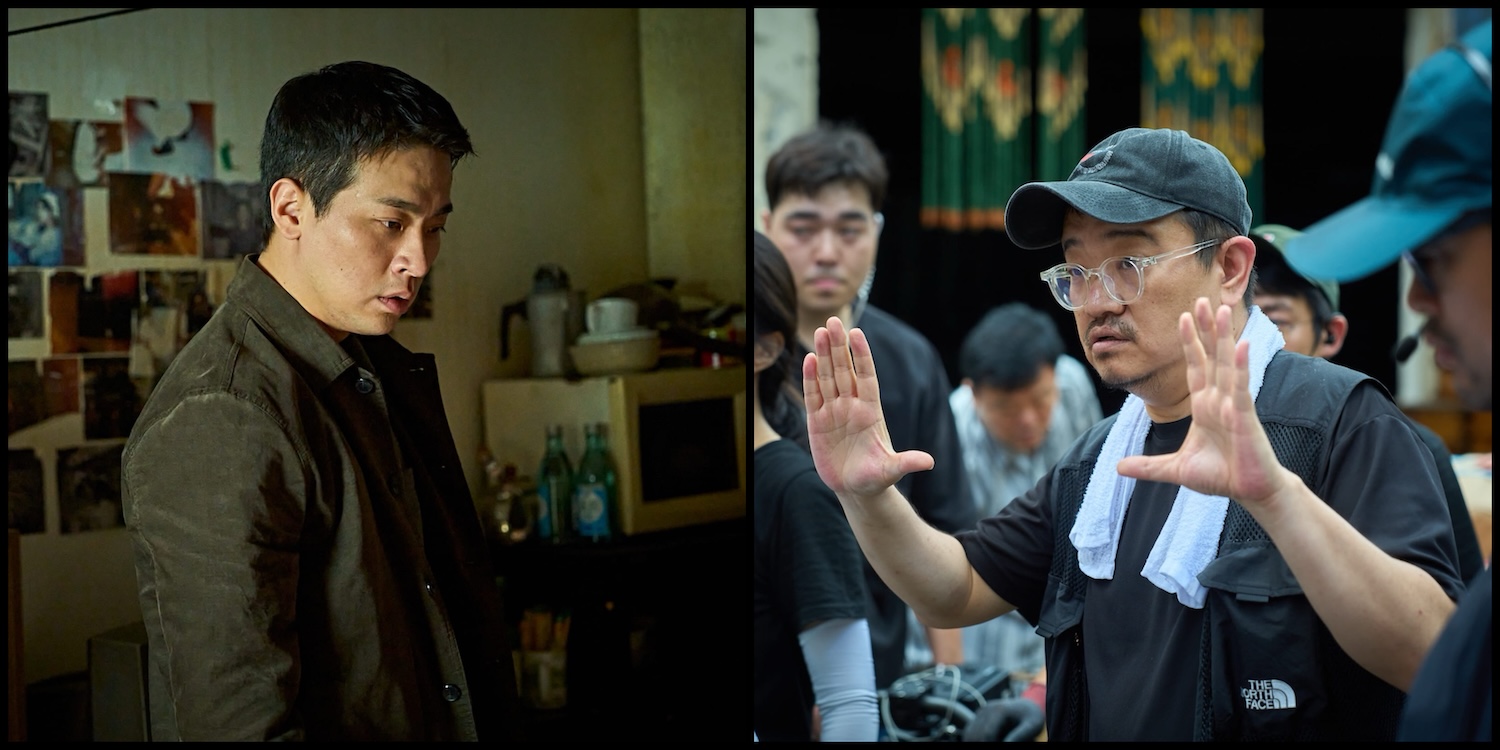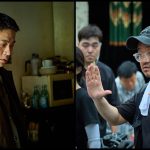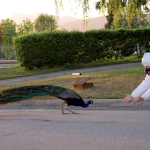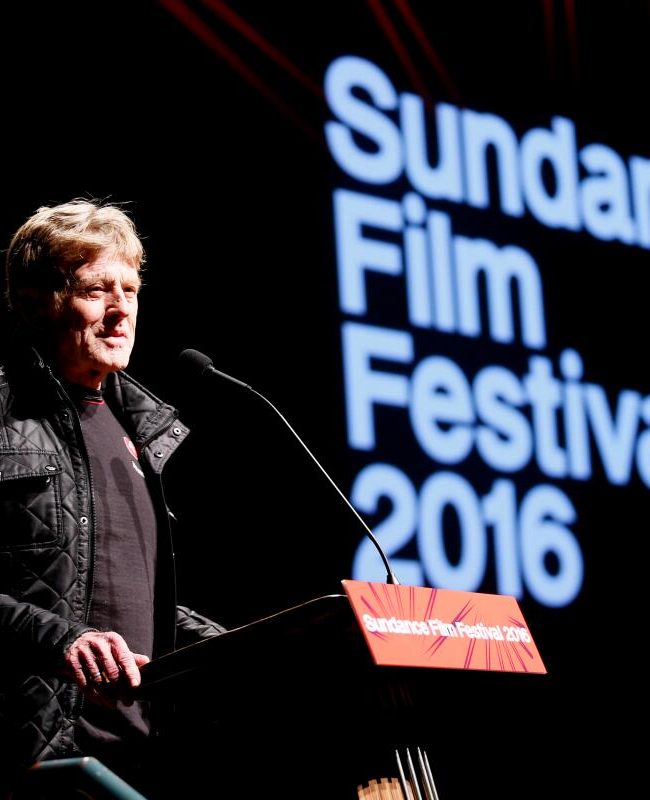A Conversation with Park Jeong-min & Yeon Sang-ho (THE UGLY)

South Korean director Yeon Sang-ho (Train to Busan) just premiered his latest movie, The Ugly (based on his graphic novel), at the 2025 Toronto International Film Festival, where I reviewed it. Set in two different time periods, the film features actor Park Jeong-min in dual roles as father and son, past and present. An exploration of human brutality, the narrative focuses on a blind engraver (Kwon Hae-hyo as the older version) and his only child (Park in the here and now), whose world is shaken when the remains of the former’s wife and latter’s mother are discovered 40 years after her disappearance. The resultant investigation, led by a documentary film crew, into the mystery surrounding her death, uncovers uncomfortable truths about the characters and makes for highly engaging cinema. I spoke to Yeon and Park by Zoom during the festival, courtesy of an interpreter, and here is that conversation, edited for length and clarity.
Hammer to Nail: You began your film career with an animated feature, The King of Pigs, and then you transitioned to live action with the 2016 Train to Busan. This movie is an adaptation of your own graphic novel. You clearly like animation and the graphic format. What made you want to make this in live action?
Yeon Sang-ho: I actually thought about turning the original graphic novel into some kind of animation film, I think, until the very end. And I was really contemplating that. It could have turned into an independent animation like the ones that I made before, but I’ve never really created a live-action film with a low budget. So I wasn’t sure what to expect. But before we started creating this film, I watched some legendary Asian independent films such as those by Kiyoshi Kurosawa and Edward Yang. After watching those, I was really convinced that the low budget live-action film would be suitable for this particular film. And that really convinced me and encouraged me, as well.
HtN: Well, it doesn’t look like a film made on a low budget. How do you think your background in animation and graphic novels informs your live-action filmmaking?
YS: I guess transforming and working between all these different genres really made me overcome the fear of creating different types of projects. And I think that also really encouraged me to use a different type of media and different type of budget to work on.
HtN: Could you talk about casting the film and having one actor, Park Jeong-min, play two roles?
YS: At first, I was thinking about who should play this character, and I wanted to give it to Park, and I thought that he would accept it. He’s one of the best method actors in Korea, and I thought he would be very open to this type of production, as well. So I suggested the role to him, and he quickly accepted it. And he is the one who actually suggested that he play a dual role. And it’s a very important part of this film. The film is essentially a story of different generations and for the father and the son to really resemble each other is a very important motif for the film. So when he suggested that, I think that really elevated the film itself.
HtN: Let’s hear from Park Jeong-min about why he suggested that.
Park Jeong-min: It was pure ambition.
HtN: (laughs) Well, you do a wonderful job. Could you talk about the challenges of playing two distinct parts in the movie?
PJ: It was my first time trying on a dual role, but Yeon Sang-ho was very clear, very precise, and he helped me a lot. So I had no difficulties doing it and I had a lot of fun.
HtN: Were there any particular challenges? How did you prepare to play the younger version of the father, who is blind?

Park Jeong-min in THE UGLY
PJ: So at first I think I was trying to watch the movement of these visually impaired people in order to study them, but my father is actually visually impaired, and I grew up watching the movement pattern and I grew up witnessing that. So I think I was able to just naturally accept it and understand how that works.
HtN: A question again for you, Yeon Sang-ho. You make such an interesting choice at the end of the film when we finally see something that we’ve been curious about for the entire movie. How did you choose the face that you wanted to reveal at the end? Because it’s not necessarily what we expect.
YS: This is, at its essence, theater and cinema, but I wanted to insert reality into the film at the end. I wanted the face to look like it could be nobody’s face, or it could be anybody’s face. With the computer graphics team, we took as a baseline the average women’s face in Korea at that time and we mixed it with the actress, the lower part of the face, since that was shown on screen. So that’s how the face was created at the end.
HtN: That’s really fascinating. So I haven’t read your graphic novel. I don’t know if the documentary film crew is part of the novel, but why did you want the story to have that documentary film crew as an instigating agent? Was it always there?
Yeon Sang-ho: In the original work, there’s a documentary team, as well. So the first reason to use a documentary crew is to show that Im Yeong-gyu [the father] is getting a lot of attention from the public because he is a figure who has overcome all this hardship. And secondly, as the story reveals, the team is actually uncovering some of the things that the father and son did not want to have discovered. And I think that turns into a stressful situation, a stress element for the son. And I was hoping that that would actually affect the choices that he makes later on. And essentially, this is a story of different generations. Are we able to really judge this generation based on what other people or what the society thinks of them now?
HtN: Thank you so much!
YS/PJ: Thank you.
– Christopher Llewellyn Reed (@ChrisReedFilm)











